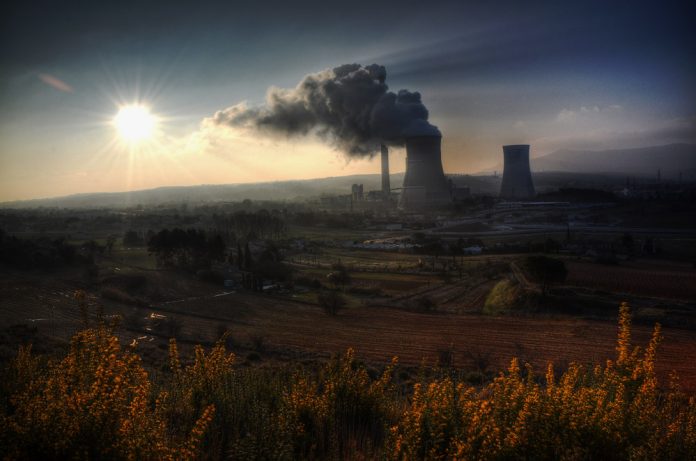The European Commission on April 3 reported that emissions regulated under Europe’s carbon market rose for the first time in seven years due to stronger industrial output.
According to the data, examined by carbon analysts at Thomson Reuters, around 45% of the European Union’s output of greenhouse gases is regulated by the Emissions Trading System (ETS), the bloc’s flagship policy to tackle global warming by charging for the right to emit carbon dioxide (CO2).
The ETS is slated to contribute around two thirds of the reductions needed to meet the EU’s target of slashing emissions by 20% from 1990 levels.
Based on the analysts’ interpretation of the data, emissions totalled 1.756bn tonnes of CO2 equivalent (CO2e) in 2017 for companies under the ETS excluding airlines, up 0.3% on the previous year.
Capped emissions from power and heating generation fell by 1%, but the overall figure was lifted by a 1.8% rise in emissions from industrial manufacturers.
“The European economy grew 2.5% last year. Solid growth in the European economy resulted in increased activity leading to higher emissions,” Ingvild Sorhus, lead carbon analyst at Thomson Reuters said.
The ETS caps the emissions of around 12,000 power plants, factories and airlines, forcing them to surrender one carbon permit for every tonne of carbon dioxide emitted annually by the end of April of the following year.
The data published on April 3 accounted for 94% of companies covered by the scheme, the analysts said.

